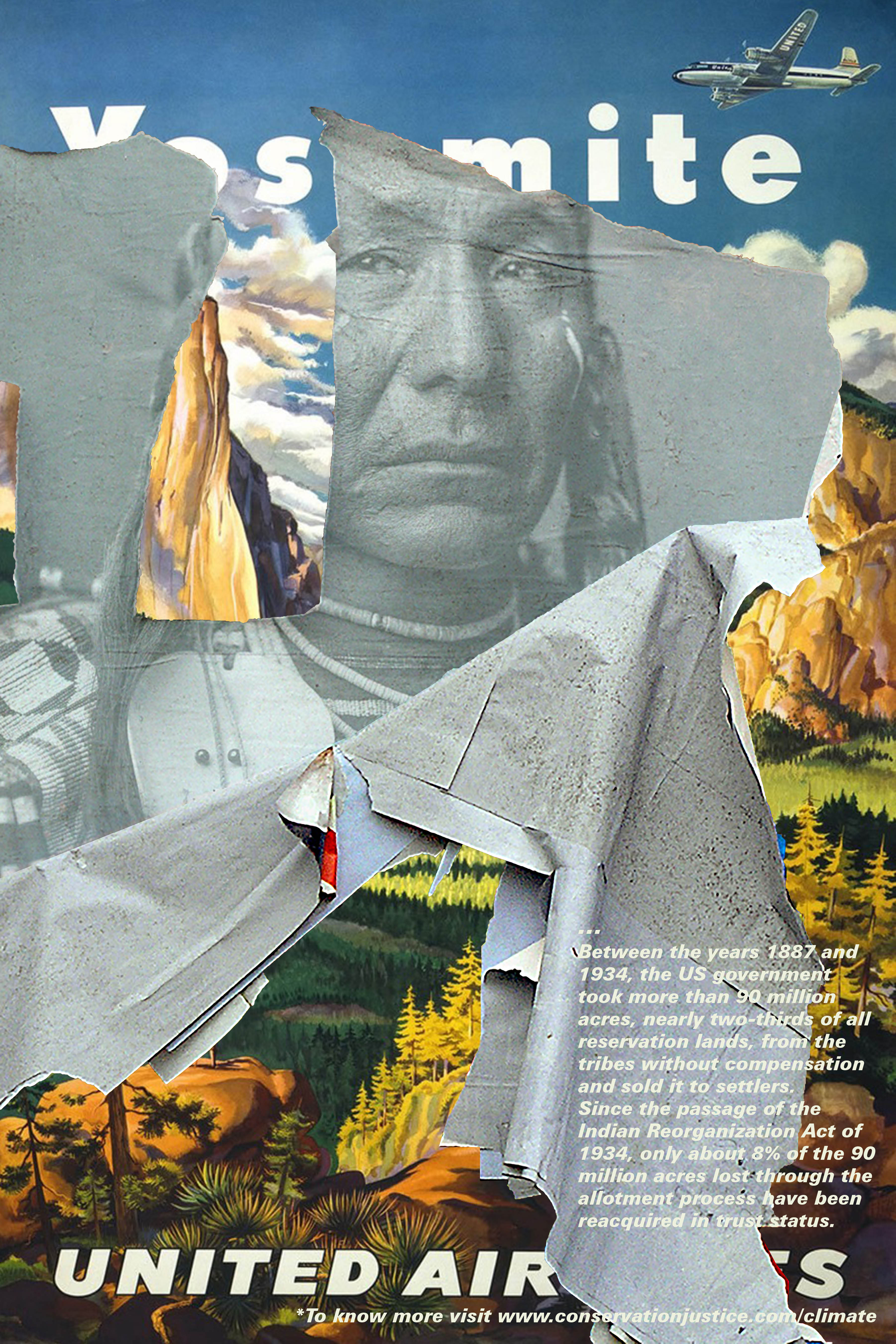The threat of thawing permafrost caused by climate change remains largely underrepresented and unknown, occurring in remote and therefore “invisible” areas of the world. Permafrost—continuously frozen ground—, constitutes nearly a quarter of the land in the northern hemisphere, occurring at high altitudes and in low-lying areas around the polar region...
Learn More
Learn More
21st century Mexico City is on the verge of an acute water crisis. The climate crisis comes partly from the fact that so much of the countryside’s porous land — including large stretches of what Mexico City has supposedly set aside for agriculture and preservation for its aquifer, called “conservation land” — has been developed. So it is buried beneath concrete and asphalt, stopping rain from filtering down to the aquifers, causing floods and creating “heat islands” that raise temperatures further and only increase the demand for water...
Learn More
Learn More
There are numerous injustices brought about by land conservation that are often ignored by the broader environmental movement.
Foremost, land conservation has a dark and racist past. Famous figures who were highly vocal in the early days of land conservation, such as Madison Grant and President Theodore Roosevelt, were also avowed eugenists who were highly concerned with the decline of the “Nordic” peoples. Even John Muir, the “Father of the National Parks,” described Indigenous Peoples as “dirty and irregular” as well as “dead or civilized into useless innocence.” These white supremacists saw land conservation less through the lens of deep ecology or ecosystem services, and more through a colonial lens of acquiring land so that it could be managed by wealthy, white men for their seasonal leisure away from the poverty of urban centers.
Learn More
Learn More
“Can we envision something totally different: urban structures driven by human contingencies? can we work adoptive scenarios that accept unpredictability and uncertainty as operating modes? Can we write the city based on growth scripts and open algorithms porous to a number of real time inputs rather than trying to design urban future formatted by rigid planning procedures?” (R&Sie(n)+D 116)
In re-imagining Los Angeles’ city, we propose a new urban fabric. One that dismisses the existing rigidness and dullness of space and allows a new definition of urban space. The Tidelands are a new urban technique, allowing to reorganize the urban fabric in a sectional fluid way, which generates new modes of occupation and operation.
Learn More
Learn More



